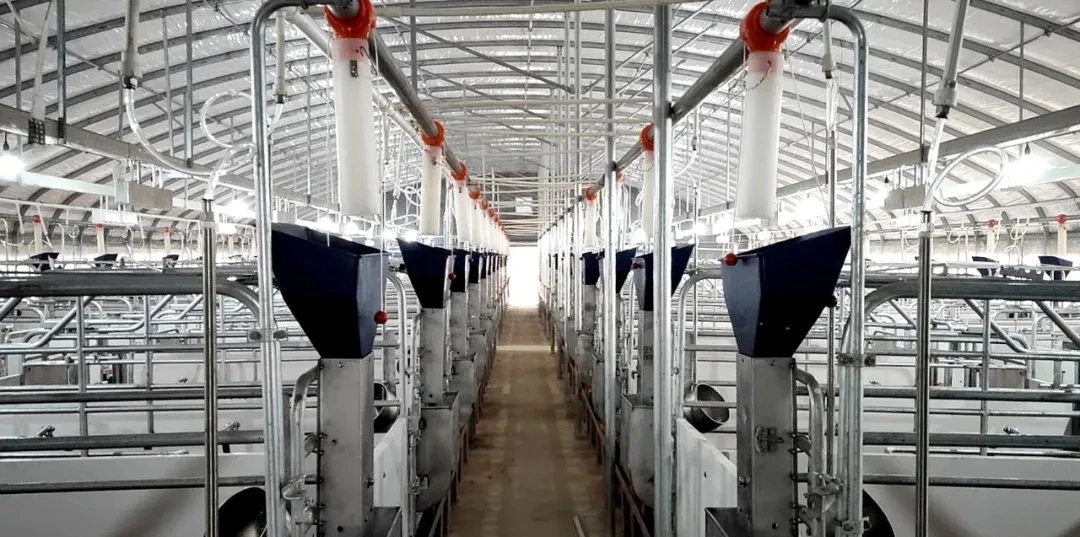Optimal Conditions for Raising Chickens in Enclosed Cages
Dec . 04, 2024 16:24 Back to list
Optimal Conditions for Raising Chickens in Enclosed Cages
The Importance of Proper Chick Rearing Cages for Poultry Farming
Chick rearing is a critical phase in poultry farming, as it lays the foundation for the health, growth, and productivity of adult birds. One of the most significant factors influencing the success of this process is the environment in which chicks are raised. Chick rearing cages play a pivotal role in providing a safe and conducive setting for young birds, ultimately contributing to their well-being and the overall efficiency of the poultry operation.
The primary purpose of chick rearing cages is to protect chicks from environmental stressors while ensuring they have enough space to move around, access food, and socialize. Unlike traditional floor systems, which can expose chicks to various hazards such as disease, predators, and environmental changes, cages offer a controlled space where the temperature, humidity, and ventilation can be meticulously regulated. This is crucial, especially in the early weeks of life when chicks are most vulnerable.
One of the most significant advantages of using cages is the prevention of diseases. When chicks are reared in close quarters on the ground, the risk of contagion can escalate rapidly due to fecal contamination and direct contact with sick birds. Cages effectively minimize these risks by providing a barrier that limits direct contact with droppings and other potential sources of infection. Moreover, many commercially available cages come equipped with easy-to-clean surfaces, which facilitate better hygiene management and significantly reduce the likelihood of disease outbreaks.
Additionally, proper design of chick rearing cages can enhance chick welfare. Optimal cage design includes features that allow adequate airflow, light, and space for movement. Each chick should have sufficient room to spread its wings, engage in natural behaviors, and access food and water without competition. This is particularly important for their psychological well-being, as overcrowding can lead to stress and aggressive behaviors, negatively impacting their growth and health.
chick rearing cage

Temperature control is another critical aspect of chick rearing. Newly hatched chicks are unable to regulate their body temperature effectively. Therefore, maintaining an appropriate temperature is crucial for their survival and growth. Advanced chick rearing cages often come with temperature control systems that can be adjusted to provide a warm, stable environment. This ensures that chicks achieve better weight gain, reduce mortality rates, and overall thrive during their early months.
When considering the choice of chick rearing cages, it is also essential to look into the materials used in their construction. High-quality, durable materials not only ensure the longevity of the cages but also provide a safe environment free from harmful substances. Additionally, the cages should be designed to prevent escape and protect the chicks from potential predators, further enhancing their safety.
Furthermore, the use of automated feeding and watering systems within chick rearing cages can greatly improve labor efficiency and ensure consistent access to essential nutrients. Automated systems can be calibrated to provide a precise amount of food and water, reducing waste and ensuring that each chick receives the nutrition it requires for optimal growth. This is particularly useful for large-scale poultry operations where managing feed and water supply can be labor-intensive and prone to error.
In conclusion, investing in proper chick rearing cages is crucial for any poultry farmer who aims to raise healthy, productive birds. Not only do these cages provide a controlled environment that minimizes disease risk and promotes chick welfare, but they also enhance operational efficiency through better management of resources. As the poultry industry continues to evolve, the importance of optimizing chick rearing practices will only grow, making the selection of appropriate rearing cages a fundamental component of successful poultry farming.
-
Automatic Feeding Line System-Pan Feeder Nipple Drinker|Anping County Yize Metal Products Co., Ltd.
NewsJul.29,2025
-
Hot Sale 24 & 18 Door Rabbit Cages - Premium Breeding Solutions
NewsJul.25,2025
-
Automatic Feeding Line System Pan Feeder Nipple Drinker - Anping County Yize Metal Products Co., Ltd.
NewsJul.21,2025
-
Automatic Feeding Line System Pan Feeder Nipple Drinker - Anping County Yize Metal Products Co., Ltd.
NewsJul.21,2025
-
Automatic Feeding Line System - Anping Yize | Precision & Nipple
NewsJul.21,2025
-
Automatic Feeding Line System - Anping Yize | Precision & Nipple
NewsJul.21,2025






